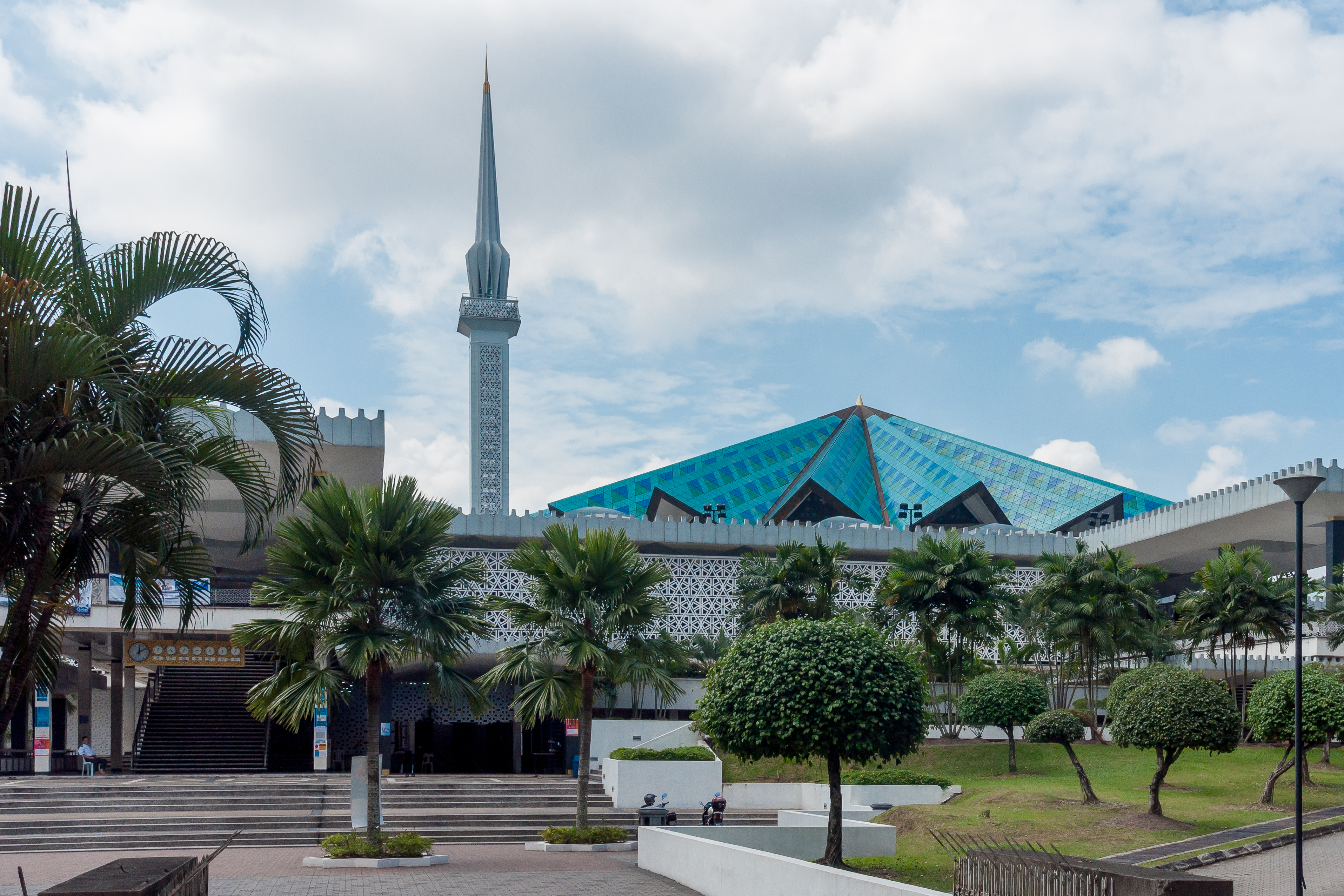The Petronas Twin Towers is undoubtedly the most prominent landmark and icon of the modern Malaysia. Completed in 1996 and opened three years later, the building is currently the world's seventh tallest building and the world's tallest twin buildings. It had been the world's tallest building for seven years before surpassed by Taipei's 101 Building in Taiwan.
The iconic twin building is the creation of American-Argentine architect, Cesar Pelli. Its construction was coined to the mastermind man of the project, the fourth Prime Minister of Malaysia, Tun Dr. Mahathir Mohamad, who initiated a mega-scale project to rebrand Kuala Lumpur and Malaysia in the international level.
 |
| View from the front ground level © Osm agha | Wikimedia.org |
The building is the modern interpretation of the Islamic architecture. The 88 storey floor building is designed in several tiers and based on the layout of the famous Islamic geometrical pattern or Arabesque. The two squares are interlocking and formed angular space, with an additional round spaces to increase the usable floor.
The building unique feature, the sky bridge, is probably the only such in the world. It symbolises Malaysia preparedness into the future and the 21st century. It serves as both aesthetic and connectivity purposes between the two towers.
 |
| The night view © WolfgangSladkowski | Wikimedia.org | Creative Commons Attribution 3.0 Unported |
The Petronas Twin Towers is the integral component of the urban development enclave of the Kuala Lumpur City Centre (KLCC). The KLCC comprises many other buildings and facilities including the Petronas Philharmonic Hall, Suria KLCC Shopping Centre, Maxis Tower, Tower 3, Mandarin Oriental Hotel, Asy-Syakirin Mosque, KLCC Park, KL Convention Centre and few other office and residential buildings. It is located on the former race course on Ampang Road and can be accessed using various public and private transportation, such as the LRT and buses.












